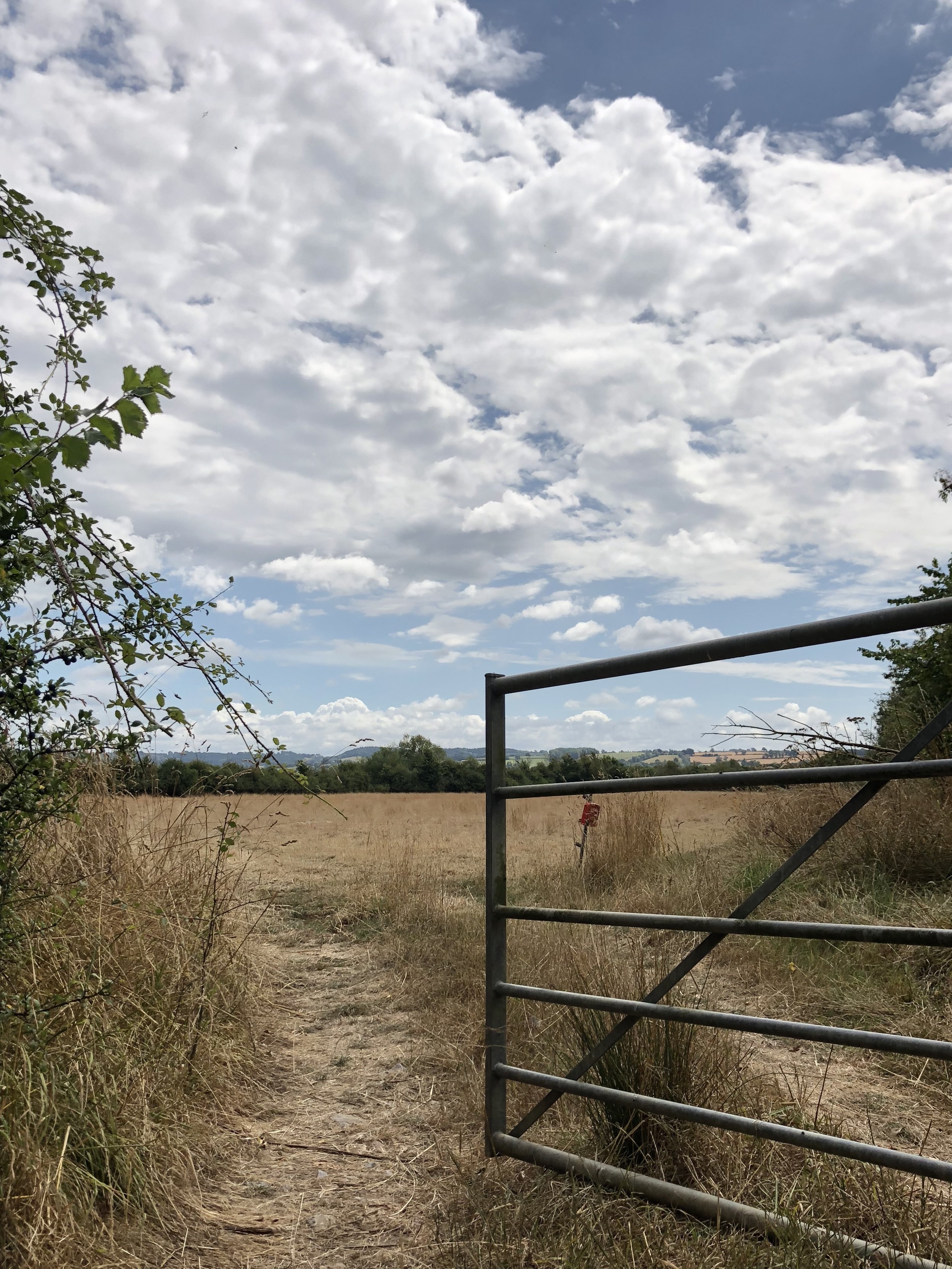The sun is continuing to shine at Armour Heritage HQ, and with it we’re pleased to report a significant increase in project work across the sectors in 2018. Fieldwork has been busy, with many of our clients taking advantage of the long hot summer days to clear conditions relating to excavations and watching briefs on their developments. There has been plenty of predetermination work underway too, with trenching and geophysical surveys being completed across a variety of developments, happily including a few new solar PV sites too. As ever, the archaeology has been a bit hit and miss, with a number of very interesting sites alongside some very dull ones too!
Heritage statements and desk based assessments continue to be our mainstay, with a marked increase in our workload across the southwest, southeast and midlands areas. We have a well-travelled path now from West Cornwall to Kent and increasingly have been venturing north of the M5 up to Leicestershire and beyond, with numerous places in between. The schemes are varied, but we continue to provide professional, independent advice through bespoke NPPF compliant heritage reports to our valued regular and new clients alike.
Not surprisingly, some of the work has been noticeably regional with an increase in proposals to convert agricultural buildings conspicuous in the southwest and new builds and regeneration schemes more common in the southeast. Providing advice and recommendations on Listed Buildings and works in Conservation Areas spans the regions and has been on the increase with schemes ranging from demolition to conversion of Listed Buildings to new builds potentially impacting on the setting of heritage assets.
Whilst the work streams continue to flow, we were also delighted to welcome the CIfA, our chartered professional body, to our offices for an inspection earlier in the summer. It was a very positive day although we await the official committee report, so we’re keen not to jinx anything before then!
The summer holidays may be here, but we’re still happily busy making hay (or more accurately heritage statements) while the sun shines!








